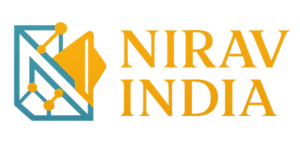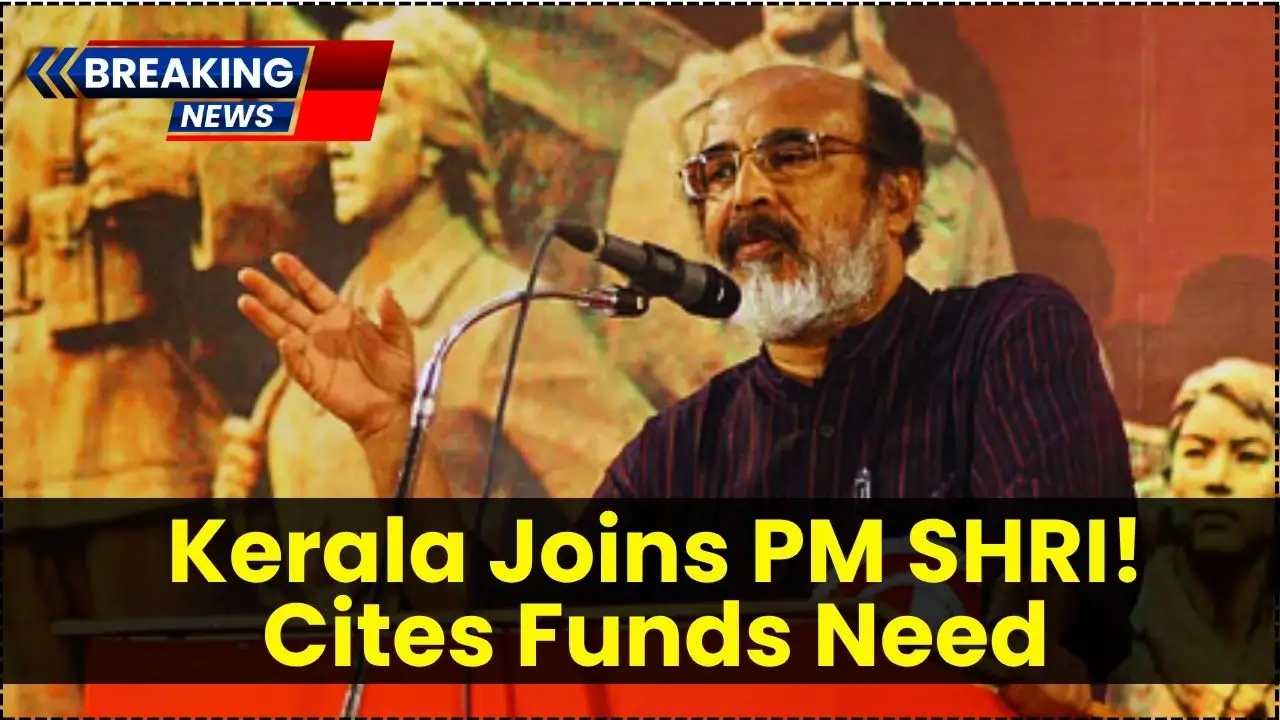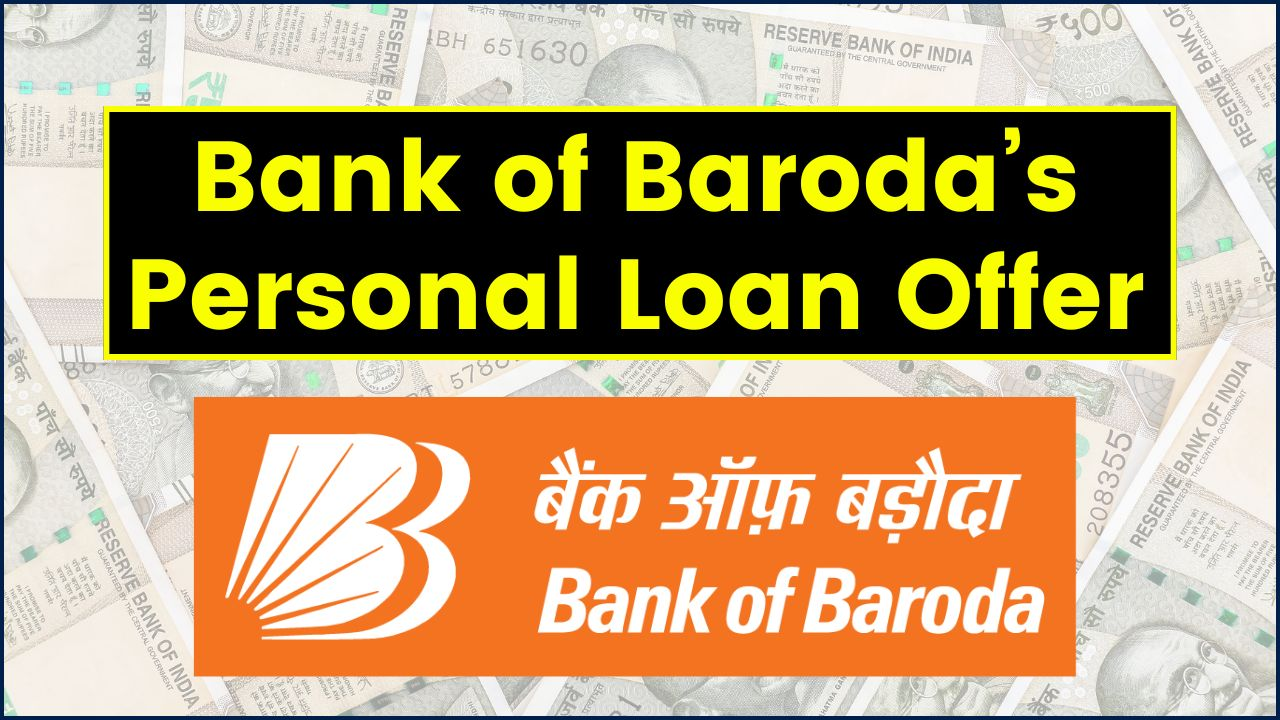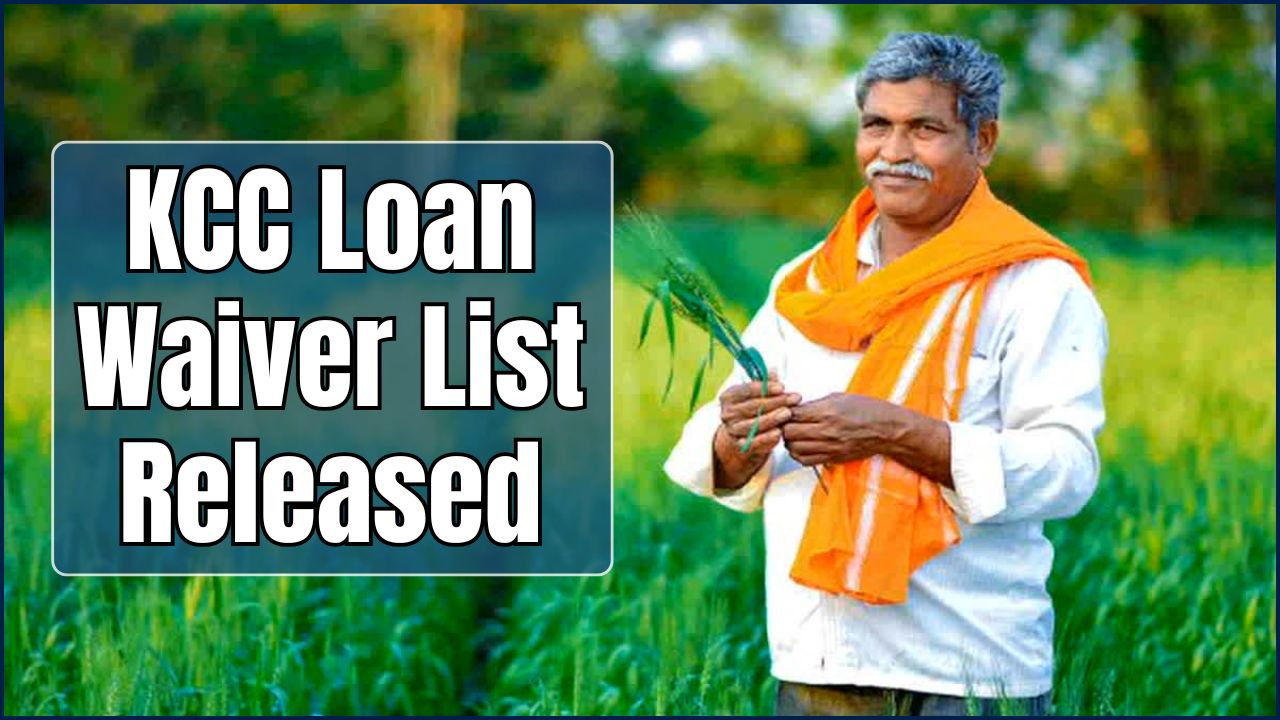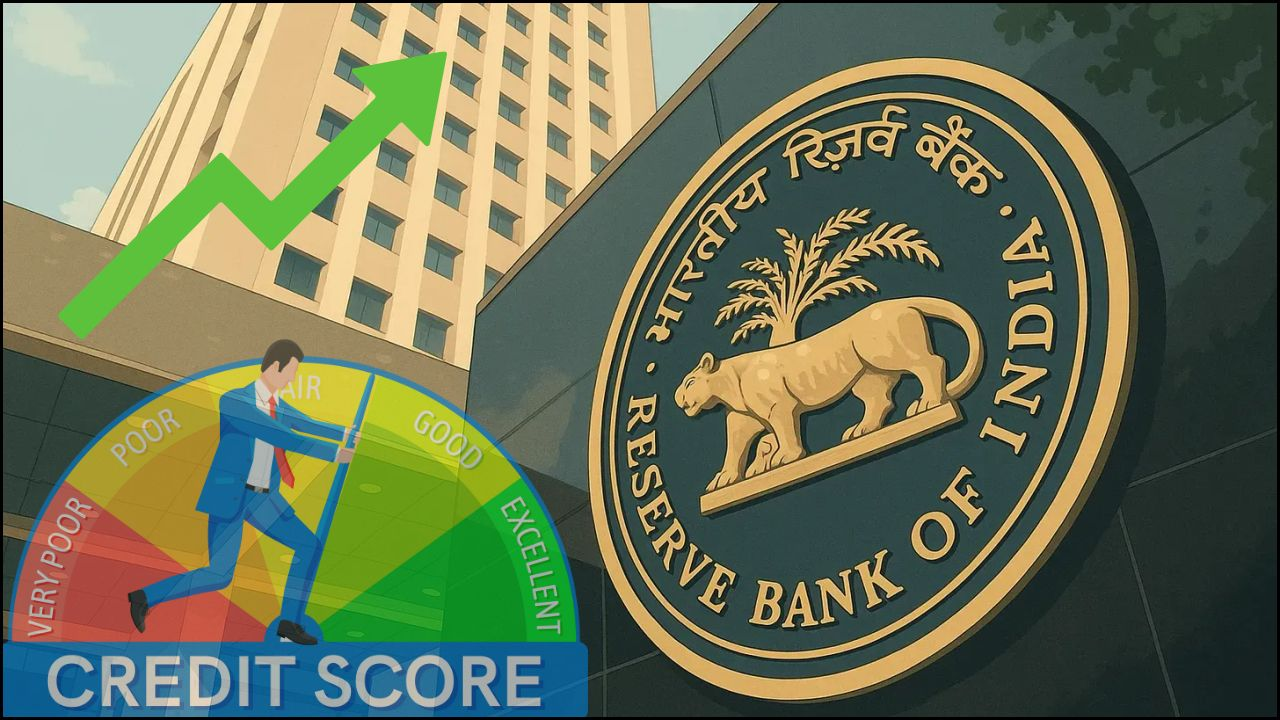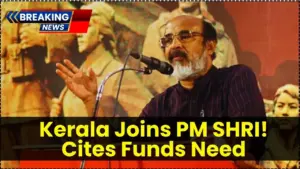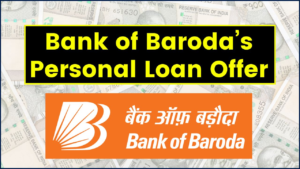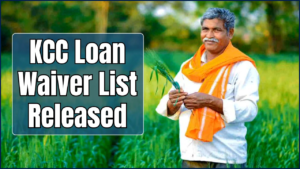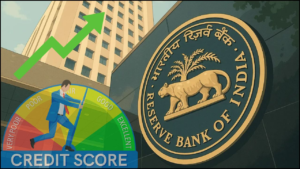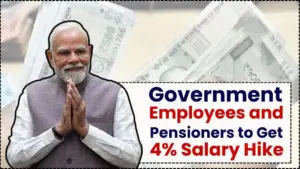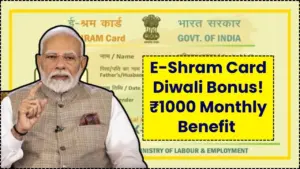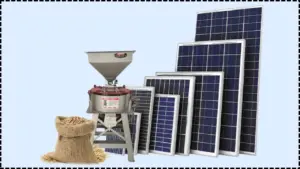A major relief update for ration card families is gaining traction in 2025: a monthly ₹1000 direct benefit transfer tied to NFSA entitlements and delivered after e-KYC and Aadhaar–bank linkage is completed, alongside ongoing free grain distributions through the Public Distribution System. This ₹1000 direct benefit aims to cushion essential expenses beyond food grains think medicines, school fees, or transport while keeping food security stable through existing PHH and AAY categories under NFSA. The emphasis is simple: ensure your Aadhaar seeding, complete e-KYC, and confirm NPCI bank mapping before expecting credits in the announced cycles.
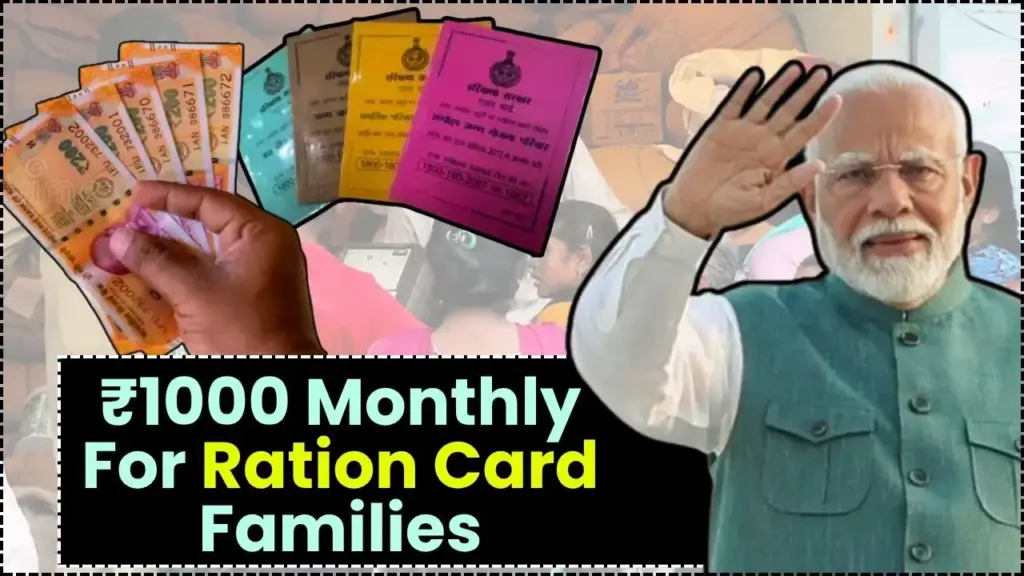
If your household appears under Priority Household (PHH) or Antyodaya Anna Yojana (AAY) on your state portal, you are squarely in the target segment for the ₹1000 direct benefit in 2025, provided your data is clean and mapped end-to-end for DBT. Public explainers repeatedly point to a June 1, 2025 activation reference and phased state-wise rollouts, which means the ₹1000 support will ride on proper verification, e-KYC completion, and updated NPCI bank linkage to land without delays. Keep your ration card member list correct, reconcile any name/date mismatches, and monitor your portal and bank SMS for credits as cycles start.
₹1000 Direct Benefit for All Ration Card Holders
What This Update Changes In 2025
The ₹1000 direct benefit for ration card holders in 2025 is positioned as a cash layer on top of grain entitlements, so households can cover non-PDS necessities without compromising food budgets. Practically, it merges the predictability of NFSA rations with flexible cash support, tightening the social safety net as prices fluctuate. The two keys to timely credits are data hygiene and verification: finish e-KYC, maintain accurate member records, and ensure NPCI bank mapping is live.
Eligibility Criteria You Should Know
- NFSA-linked households in PHH and AAY categories form the core pool for the ₹1000 monthly DBT in 2025.
- Aadhaar seeding for listed members, e-KYC completion, and an NPCI-mapped bank account are typically required to receive credits.
- States normalize final inclusion via circulars; always check your state food portal for category and status confirmations.
Who Is Likely To Receive ₹1000
- PHH/AAY families with an active ration card status, fully completed e-KYC, Aadhaar-linked records, and a correctly mapped bank account for the head-of-household.
- Beneficiaries who keep their portal data synchronized—names, dates of birth, and member counts avoiding mismatches that trigger DBT rejects.
Who May Not Receive It (And Why)
- Households with unseeded Aadhaar for required members, or stale/inactive NPCI mapping, often miss or delay credits.
- Records with spelling or date mismatches between the portal and bank systems are common failure points until corrected.
Documents And Data You’ll Need
- Valid ration card reflecting the current household roster as per your state portal.
- Aadhaar for the head and members as mandated, plus an Aadhaar-linked bank account mapped on NPCI for DBT.
- Active mobile number for OTPs, e-KYC validations, and credit confirmations via SMS.
How To Check And Activate Your Benefit
- Visit your state’s Food & Civil Supplies portal, search your ration card, confirm PHH/AAY status, and note any e-KYC or Aadhaar seeding prompts.
- At your bank, request a check on Aadhaar–NPCI mapping and have it refreshed if it shows inactive or mismatched.
- Use your FPS to obtain a transaction print and complete biometric e-KYC if your state enables on-spot verification.
Start Date and Credit Cycle
- Public references indicate a June 1, 2025 activation window, though credits follow as states phase in and complete verification drives.
- Expect first installments to appear after successful e-KYC and clean NPCI mapping; monitor passbooks or mobile banking for DBT descriptors.
Scope And Intent of The Benefit
- The ₹1000 direct benefit does not replace free ration under NFSA it complements it, giving families purchasing flexibility beyond grains.
- This hybrid in-kind plus cash approach is designed to stabilize household budgets, especially for non-food essentials, while keeping distribution transparent and digital.
State-Wise Variation And What To Track
- Implementation depends on state circulars and district readiness, so rollouts may be staggered with localized verification campaigns.
- Keep an eye on portal announcements and FPS notices; correcting flagged issues early increases your inclusion odds in the first cycles.
Common Reasons for Payment Failure
- Missing Aadhaar seeding, incomplete e-KYC, inactive ration card status, or mismatched name/date fields between systems.
- NPCI mapping not found or stale; resolve by requesting revalidation at your bank with Aadhaar and updated account details.
Action Checklist To Secure Your ₹1000
- Confirm PHH/AAY and active status on the state portal; complete any pending e-KYC prompts.
- Update Aadhaar linkage for all required members and verify bank NPCI mapping is live and accurate.
- Keep your mobile number updated to receive OTPs and DBT credit SMS; save screenshots or receipts for records.
The ₹1000 direct benefit in 2025 is designed to work seamlessly with your NFSA entitlements free grains plus cash flexibility provided your records are accurate and verification is done. If you are PHH or AAY, treat e-KYC, Aadhaar seeding, and NPCI bank mapping as non-negotiable steps to receive credits on schedule, and keep watching your state portal for live activation notices and district-level timelines.
Earn Monthly Income from LIC Without Risk – Here’s How a ₹2 Lakh Deposit Can Work for You
FAQs on ₹1000 Direct Benefit for All Ration Card Holders
Is Everyone with a Ration Card Eligible?
Coverage focuses on NFSA-linked PHH/AAY families for the ₹1000 cash component, while other card categories retain grain entitlements as defined; confirm your inclusion on the state portal.
Do APL Cardholders Get Cash Support Too?
When Will the First ₹1000 Be Credited?
References point to a June 1, 2025, activation window, with state-wise phased rollout and credits arriving after e-KYC and NPCI mapping are successfully completed.
How Do I Fix A DBT Reject?
Correct name and date mismatches on the portal, complete e-KYC, seed Aadhaar for required members, and ask your bank to refresh NPCI mapping before the next cycle.
